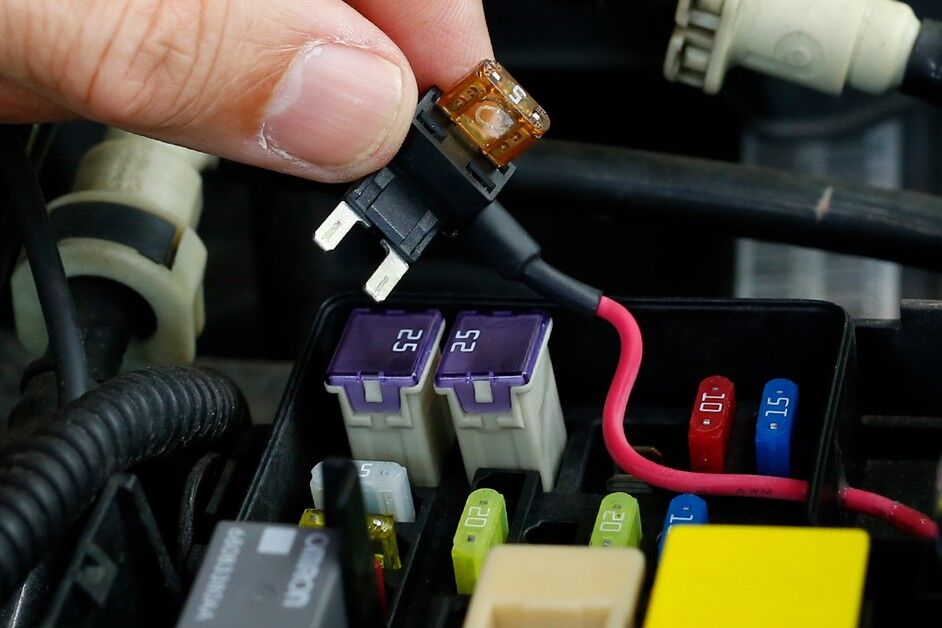Wiring Options for LED Kits: 12V Plug vs Fuse Tap
When it comes to wiring LED kits in your vehicle, choosing the right power source is crucial for a successful installation. This guide will explore the two most common wiring options: the 12V cigarette lighter plug and the fuse tap method. Each has its pros and cons, and understanding these will help you make an informed decision for your project.
🔌 Option 1: 12V Cigarette Lighter Plug
The 12V cigarette lighter plug is one of the simplest and most straightforward options for powering LED kits:
- Simple install—just plug into an existing 12V socket.
- Often includes a built-in inline fuse and a power switch or button for manual control.
- Easy to unplug, with no wiring required.
- Can be routed to hidden ports in the trunk or center console if available.
- Great for temporary installs or non-invasive applications.
Pros:
- Fast install, tool-free.
- Easy to remove or troubleshoot.
- Often fused and switchable.
- No risk of voiding warranty or damaging wiring.
Cons:
- Can stick out awkwardly or clutter the interior.
- Visible wires if not routed cleanly.
- Some 12V ports turn off with ignition—others stay live and may drain the battery.
- Kits are vulnerable if the user forgets to power off manually.
⚡ Option 2: Fuse Tap (Add-a-Fuse)
The fuse tap method provides a cleaner, more permanent wiring solution:
- Taps into an ignition-switched fuse for power-on only when the car is running.
- Commonly used with interior fuse boxes, allowing for seamless OEM-style integration.
- Can power multiple kits via multi-tap blocks or dual fuse taps.
Pros:
- Hidden wiring—no clutter.
- Automatic on/off with ignition (if the chosen fuse is correct).
- Stronger connection and less movement-prone.
- Supports advanced installs with multiple kits (ambient + starlight).
Cons:
- Requires knowledge of fuse functions (ignition vs. always hot).
- Improper taps can trigger DTCs or disable critical systems.
- No built-in switch—must install a kill switch or inline control if manual power-off is needed.
- Slightly more invasive install—wire routing and ground required.
⚠️ Wiring Notes & Considerations
When choosing your wiring method, keep these notes in mind:
- Use a multimeter or test light to verify fuse behavior before tapping.
- Always fuse the circuit appropriately—don’t skip inline fuses.
- Label all wiring if the fuse box is not intuitive for easy service later.
- Consider mounting a kill switch for starlight kits if using a fuse tap (especially if the remote is unresponsive).

